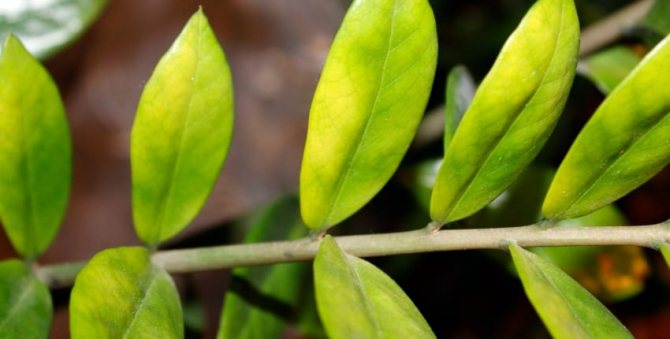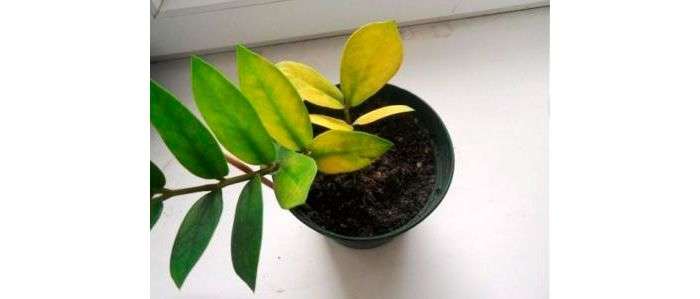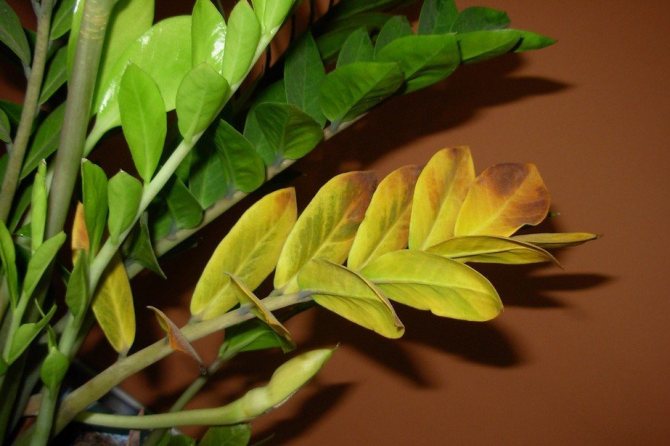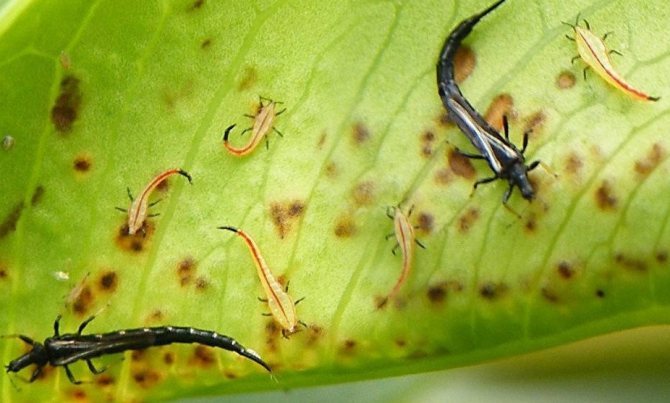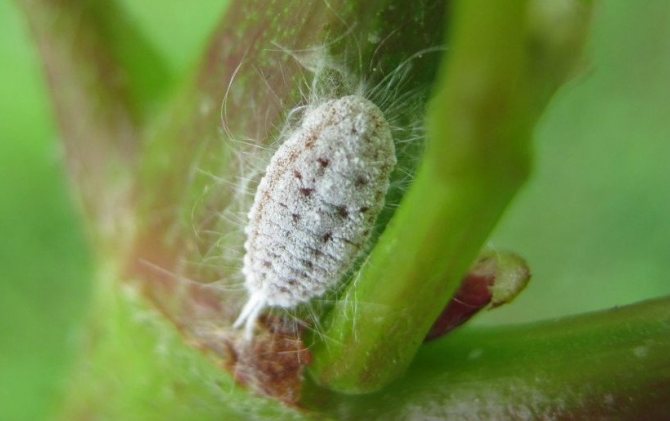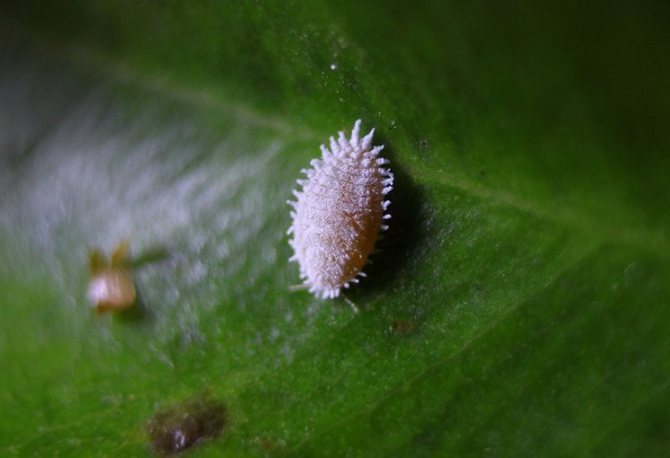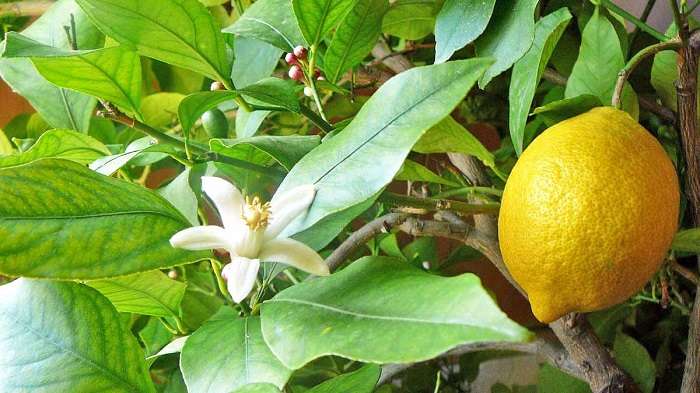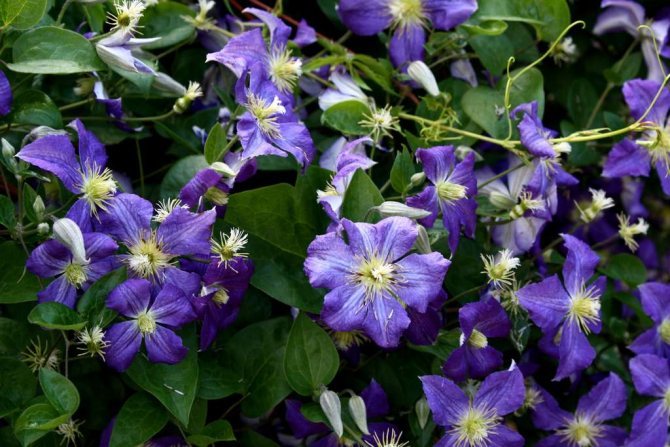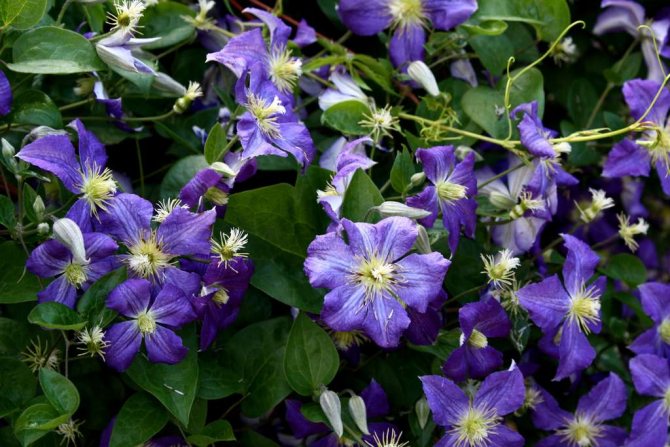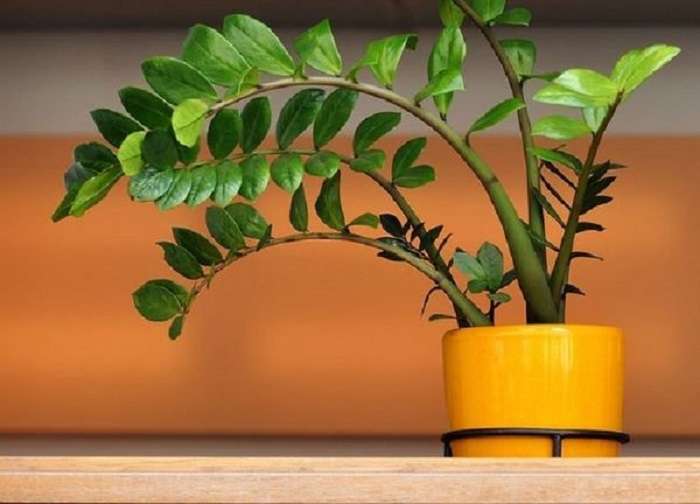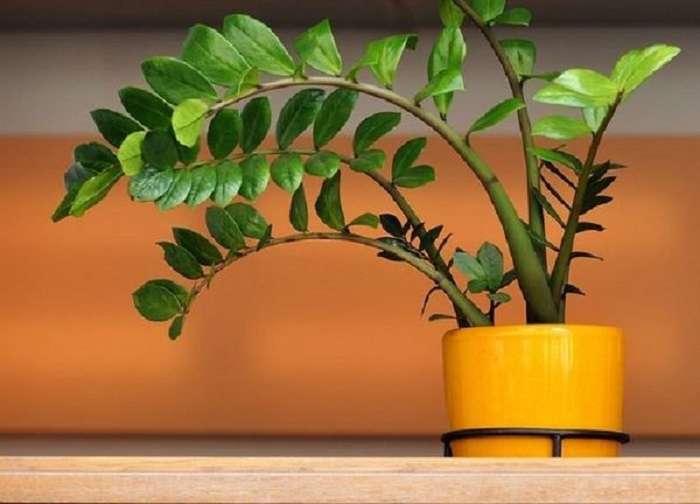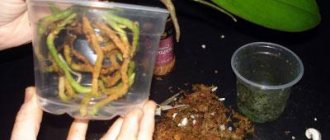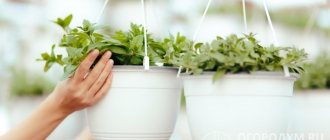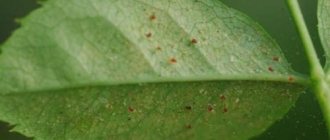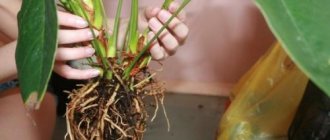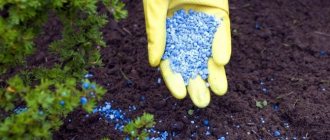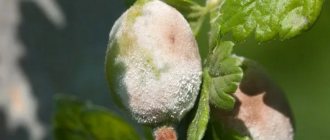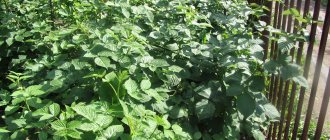Posted in Succulents, Care Published 06/30/2018 · Comments: · Read: 7 min · Views: 2 329
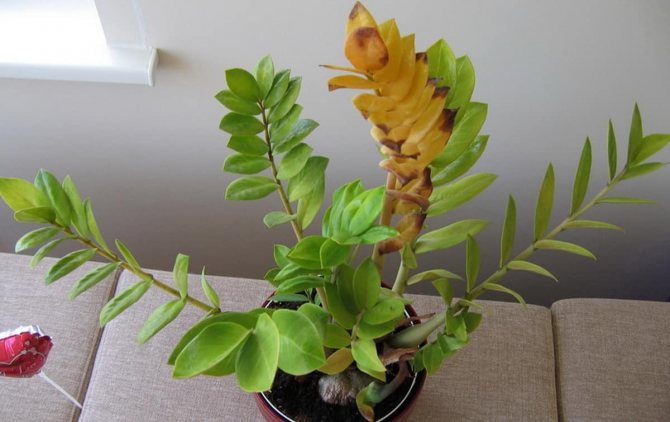
Today both an experienced florist and an inexperienced businessman in indoor growing of plants dream of a dollar tree. They say that the glossy crown of zamiokulkas, like a magnet, attracts currency to its owner's wallet. It is difficult to judge whether such statements are true or not, but in landscaping the interior of a room, the succulent is much ahead of its flowering partners. However, zamioculcas also brings grief. Diseases and pests annoy even such a persistent and unpretentious succulent in care.
What is the reason for this?
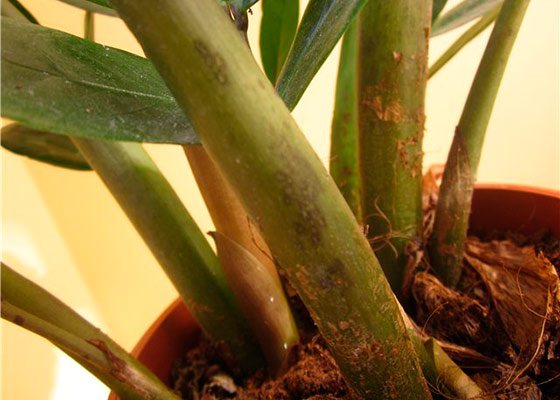

The homeland of the plant is hot Africa, so everything must be done to make the flower feel at home. And at home, after all, how? The sun beats down mercilessly, and blessed rains irrigate the earth only from time to time. Therefore, it must be watered abundantly, but rarely, waiting for the earthen coma to dry completely and provide access to light. Although I know owners whose zamioculcas feels great on the shady side, but still it is better not to tempt fate and put the pot with the plant where there is enough light.
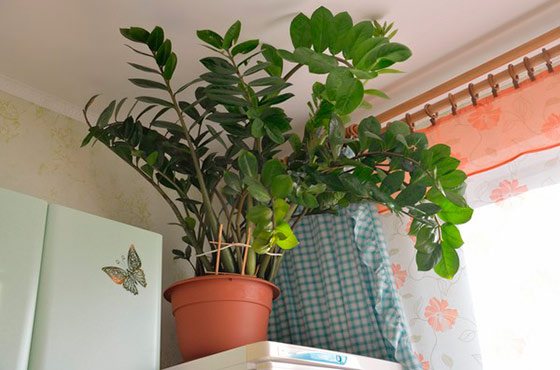

If you notice that the stems of your dollar tree have begun to drop, then the main reasons may be:
- Insufficient illumination. Often, our compatriots purchase indoor flowers to decorate the interior, placing the pots on the floor near sofas and other pieces of furniture. If the wall opposite is not made of glass, then the flower will be dark and it will start to wither.
- Failure to comply with temperature and humidity conditions. The flower tolerates air temperature up to +30 ᵒС and above, but its decrease is already undesirable. And if we take into account that in the summer we save ourselves from the heat with the help of air conditioners, then it is quite natural that the plant does not like it. Make sure that the air in the room does not cool below +18 ᵒС and do not try to humidify it too much by spraying around the flower.
- Waterlogging. Are the stems black and shriveled? Most likely you have filled in zamioculcas. This is very dangerous, as the roots can rot and it will be harder to save the plant. Remove it from the pot and inspect it for rotten roots. If there are any, remove them, treat the cuts with coal, and in more severe cases, you can apply "foundation" or "epin". Dry the tuber for 2 hours, and then transplant it into a new substrate and do not touch it for a day or two. Then start watering little by little.
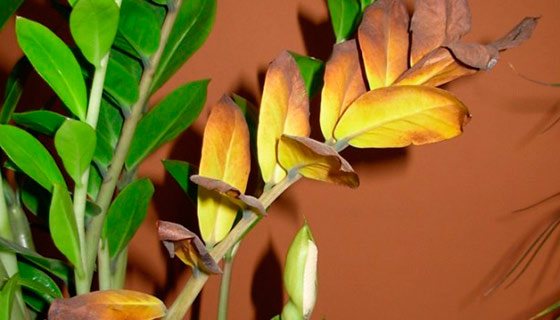

What if you do not water the plant often enough, and the earth does not have time to dry out and even becomes moldy on the surface? First, the soil must be suitable for such a lover of an arid climate. Add more sand to it, or even better, get a special one for succulents. Secondly, the pot itself must be breathable, so plastic containers will not work for this. There is nothing better than clay. In such a pot, you will not even notice how quickly the soil dried out - you checked it yourself. And mold will never appear. Don't forget about the thick drainage layer at the bottom of the pot.
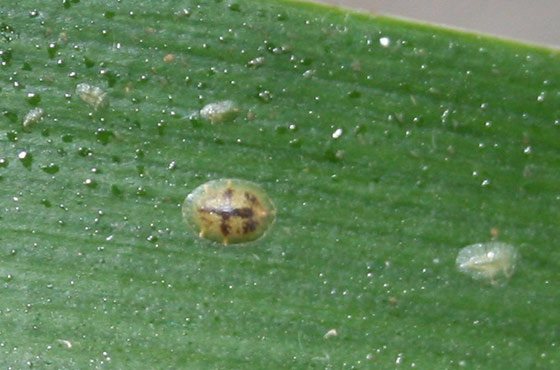

By the way, the plant can react in a different way to abundant watering.If you notice that the leaves are withering, drying, then the reason may be just excess moisture, but until you examine the root system, you will not understand this. But if the stems fall, falling apart, then the plant is simply cramped in a small pot and needs to be transplanted.
How to create the right conditions
When growing zamioculcas, a number of rules must be followed.
- Special soil. A plant native to the rocky places of Africa, a rich, fertile land that holds a lot of moisture does not suit it. Buy a cactus mix or make your own mix - 50% fertile soil (available to buy), 50% sand.
- Capacity for zamiokulkas. The pot must have a drainage hole, at the bottom there is a layer of expanded clay 2-3 cm thick. The most important thing is the size of the flowerpot. It should be moderately close, about 3 cm larger than the diameter of a clod of earth with roots. It is worth filling the planted flower only up to the upper part of the root system, not higher!
- Correct watering. Remember the rule about "under" and "over"? The principle of watering the dollar tree is better "under" than "over". Optimally - 1 or 2 times a month. In winter, when the flower is dormant, watering can be slightly reduced. Do not forget - overflow causes the development of rot on the roots.
- Top dressing. It is better to feed with watering, diluting the fertilizer in water. Complex mineral fertilizers containing nitrogen, phosphorus and potassium in a 1: 1: 1 ratio. Many different ones are sold in stores, with different beautiful names, but look at the composition - about the same, only the percentage of these three elements differs. It is better to use liquid fertilizer - it is a little more expensive, but it is easier to dilute in water, sometimes with the addition of microelements. You can find a special one for cacti. In winter, zamioculcas are not fed. For feeding, as well as for watering, the rule applies: "under" is better than "over".
- Choosing a place. You must immediately choose two options for the location. For spring, summer and autumn - in the light, but not in direct sunlight. The plant tolerates increased temperature, but not humidity. In winter, send to rest in a cooler place, away from radiators, but not in a draft. The lower limit of the permissible temperature is + 15 degrees. The dollar tree does not grow in one place, especially in different seasons: this affects its health.
- Regular transplant. A young plant is transplanted once a year, in spring, over 5 years old - once every two years. We transfer it to a pot 3 cm larger in diameter than the previous one.
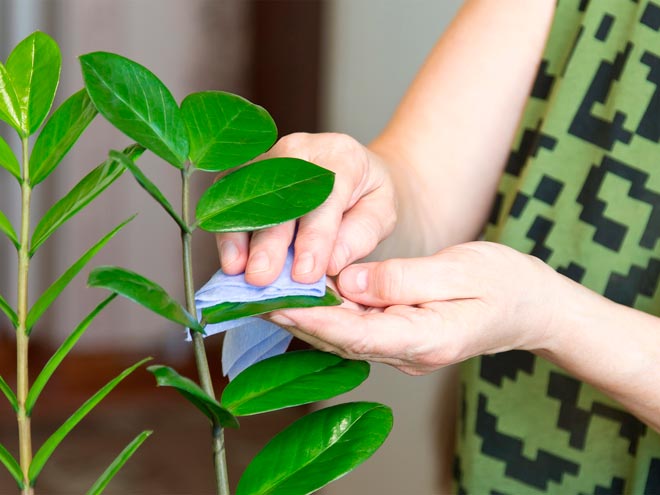

As you can see, caring for the dollar tree is done without complications and problems. If you decide to independently look at articles about the plant on the Internet, keep in mind that many authors are confused and call the zamioculcas not a dollar tree, but a money tree. They are similar, both are succulents (accumulate water), but still they are different species, even externally. A money tree or a fat woman has round leaves, like coins, while a dollar tree has elongated, like feathers. Of course, caring for them is different. Be careful.
Sometimes the dollar tree can be capricious - not growing up, not giving new shoots. In some cases, the problem is easily solved by correcting flower care.
Let's figure out together what to do if the zamioculcas does not grow.
Pest infestation


You should not sweep aside the risk of infection with various pests - aphids, scale insects, ticks, etc. Here are the signs by which this can be determined:
- aphids cause wilting and twisting of leaf plates. If you see droplets of sticky secretions, then this is definitely it. First of all, wash the plant with soapy water, and then use any fungicide - "Akarin", "Aktaru" or "Karbofos". Some are struggling with the problem with folk remedies. Aphids are afraid of strong odors and tobacco, garlic, onions, etc. can help you get rid of it.
- dark brown spots on the leaves in the form of outgrowths may be nothing more than a scabbard.Use some kind of insecticide after cleaning with soapy water;
- thin cobweb threads indicate spider mite activity. What to do in this case? From time to time give him a soapy bath, apply insecticides and put under an ultraviolet lamp.
Zamioculcas turned yellow:
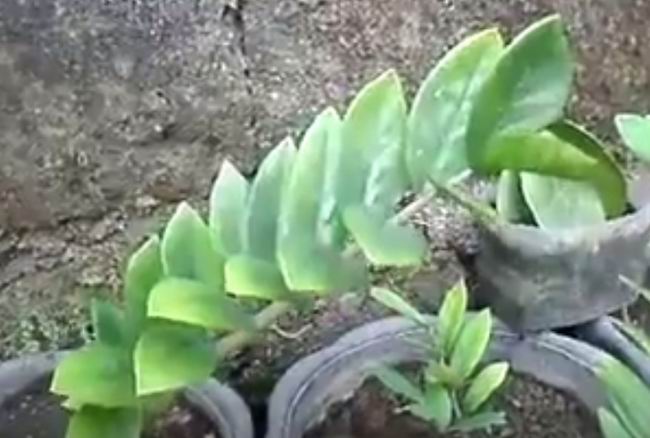

When the leaves turn yellow, does the plant still give young shoots? This means that everything is in order. This is a natural biological renewal process. Young leaves, possessing greater activity, take away all the necessary nutrients from the soil, leaving almost nothing for the more mature leaves. In this case, you should pay attention to the presence of dark spots on the leaves. Dry spots don't give you any reason to worry, the plant is fine. It does not require any additional care or external intervention. But, frequent and abundant watering can lead to yellowing of the plant. Reducing fluid volume may not always be the solution. Often you have to take the plant out of the pot to examine it for decaying areas of the root system. They are removed by sprinkling the cut areas with crushed coal, treated with special substances that prevent the development of rot and transplanted into a new substrate.
Zamiokulkas tolerates a change in the temperature regime in the room very badly.
The plant can react to this with yellowed and falling leaves. Indoor species are more thermophilic than their wild relatives. They can react to absolutely any fluctuations, whether it be the wind blowing from an open window, a running fan or any heating device. In winter, when the room temperature rises, it is recommended to humidify the air.
The appearance of spots on the leaves and trunk
Why do dark and black spots appear on the stems and leaves of zamiokulkas? Dark spots on the trunk of the zamiokulkas indicate that the flower is in unfavorable conditions.
As a rule, darkened areas on the leaves indicate violations of temperature regimes or excessive watering of the plant.
To get rid of darkening, it is necessary to increase the temperature in the room where the plant is located and take care of protecting the tree from unnecessary drafts.
As for watering, they need to be limited. It is also important to ensure that there is a good drainage layer. If this layer is unreliable, it is best to transplant the plant into a new flower pot.
Sometimes darkening on the leaves can appear from the burn of the plant by the sun's rays. Zamioculcas can get sunburn when exposed to direct rays after spraying. Water droplets on the leaves increase the influence of sunlight and contribute to the appearance of stains.
As for the spots that appear on the trunk, they do not indicate any disease. Spots and stripes can be on the trunk with absolutely normal development of the tree.
The main thing is that there are no signs of decay processes and damage to the plant by pests that have a negative impact on its development and growth.
Zamioculcas what to do if the tuber has rotted:
The reason for this condition is again excessive watering of the plant. He needs to be transplanted urgently. Transplant soil must be purchased at a specialized store; ordinary soil from the street will not help restore the plant. These store-bought substrates are rich in all the micronutrients necessary for quick plant recovery. A sharp knife will help to cut off all the rotten elements of the rhizome, the remaining healthy part in the places of the cuts is treated with special solutions. Only then is the plant ready for transplanting. For 24 hours after transplantation, the zamiokulkas should stand in peace and quiet. No fertilizers or other means are allowed. After the time has passed, you can begin to water gently.Organic fertilizers will be useful in a week, you must continue to apply them for 1 month, no more than 1 time per week.
Zamiokulkas's stem wrinkled:
Most likely, the roots were damaged by abundant watering of the plant. Some of them cannot function fully, and the remaining "working" parts of the root system do not have time to supply water to the entire plant. To restore the work of the root, zamioculcas must be removed from the old soil, cleaned of all dead parts, dried, sprinkled with crushed coal and transplanted into soil with a large amount of sand. In this case, the pots should not be large, only tubers should be placed in them.
Houseplants Directory
The trunk of the zamiokulkas has softened and wrinkled. Read in today's article why the trunk of the zamiokulkas wrinkled, leaves fade, spots appear? We will show you what to do to restore the zamioculcas. Why did the zamioculcas have a shriveled trunk?
Shriveled stem, leaves Zamioculcas do not appear spontaneously - plant degradation is preceded by other visible symptoms, for example, falling leaves, yellowing, wilting of the plant. Why do zamiokulkas leaves turn yellow and dry we have considered, let's find the reasons why the trunk of the zamiokulkas wrinkled.
What the florists say:
Flower quiz!
Test your knowledge of flowers.
Zamioculcas (Dollar tree) rightfully considered unpretentious houseplant. It is often referred to as a plant species such as succulents , and, in fact, this is correct, because the soil for zamiokulkas needs stony and sandy, and watering is scarce and rare. However, it still has a significant difference from the above class. The fact is that Zamioculcas stores moisture not in the leaves, like most representatives of succulent plants, but in underground tubers, or, as flower growers call them, potatoes. Be that as it may, buying this plant for themselves, many growers hope for its development, but sometimes this does not happen. What could be the reason that Zamioculcas does not grow?
https://youtu.be/pws3TUrOXDo
Proper care of the Dollar Tree.
How do you care for your plant? Before expecting the corresponding return from the dollar tree, it is necessary to take proper care of it. The three most important conditions that Zamioculcas presents to its owner are - soil, watering and capacity... But first things first, let's let's start with the location. Zamioculcas needs diffused lighting, without direct sunlight. For this, east and west windows are suitable, as well as south ones, but with mandatory shading. In view of its huge size, it is possible to put a dollar tree in the back of the room, it tolerates shade well, but in winter it will be necessary to arrange additional lighting for it.
Zamioculcas needs sandy soil with the obligatory presence of stones in it.
The soil for Zamioculcas is the most important point that should not be ignored. He needs sandy soil with the obligatory presence of stones in it, because in natural conditions it grows on poor rocky soils. At the same time, the soil should be light and breathable; for this, perlite and peat can be added to the substrate. You can use ready-made soil for cacti (but in this case, I advise you to add expanded clay / pebbles / sand or even all together). Watering is the second important moment for Zamioculcas, because this plant can instantly die from overflow... He needs watering very rarely, and only when the soil is completely dry. Do not rush to water Zamioculcas, without watering it feels much better than in wet soil.
It is not necessary to spray Zamioculcas, it is enough to wipe the leaves with a damp cloth from dust, no more than 1 time a week
Also, the Dollar Tree needs a suitable container to grow well. If you think logically, then you can easily understand that he needs a container rather wide than deep, since the tubers (potatoes) grow strongly. However, try to select a container for him in size, not too spacious, but not cramped.
Description
Indoor flower with a difficult to pronounce name zamioculcas has only recently become widespread. People call it the dollar tree, as it is believed that it brings prosperity to its owner. Possesses thick tuberous roots and glossy dark green foliage. On average, the bush grows up to a meter in height. Sometimes inconspicuous light cream inflorescences bloom on it.
It is quite simple to look after him, he easily tolerates low air temperature and twilight in the room, but for good development he still needs a brighter place. Its root system does not like frequent watering. If it is still flooded, then a magnificent plant will be saved only by transplanting into a new pot with fresh soil. Since it is poisonous, the transplant or trimming of the top is carried out only with rubber gloves.
Usually from November to February, he hibernates, at which time his vegetation is suspended. If the dormant period has long passed, and new shoots and leaves are in no hurry to grow, then it is worth checking whether the care is being taken correctly.
The most common causes of delayed flower development are:
- Improper watering.
- Lack of lighting.
- Overfeeding.
- Dry air.
- A cramped or spacious pot.
- Diseases and pests.
After the successful elimination of these above-described reasons, beautiful young shoots with pinnate leaves will soon begin to grow in the zamioculcas.


